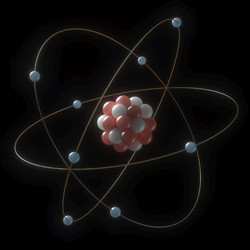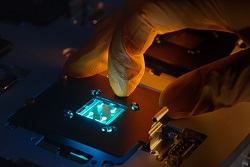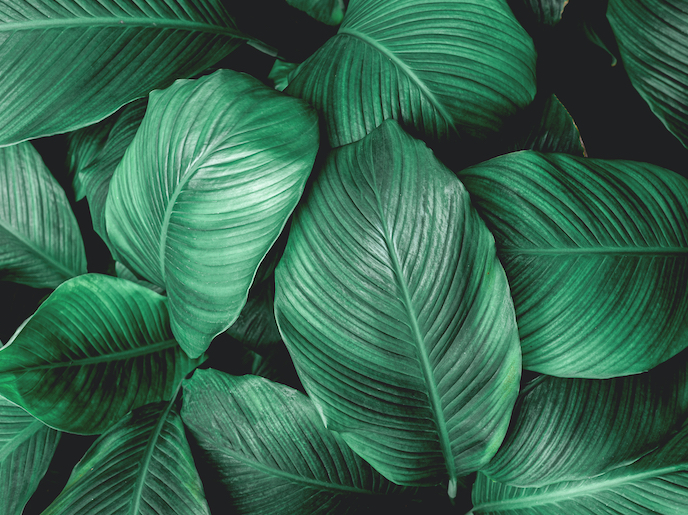Visualising changes in the ties that bind
Most people are familiar with the physics of atomic electron orbitals and the bonds formed between the valence electrons of atoms, resulting in molecular orbitals. Changing molecular states in small linear molecules can now be experimentally observed with advanced molecular orbital tomography. Application of a first infrared (IR) laser field causes the sample molecules to align. A second strong IR laser field then causes the aligned molecules to radiate extreme-ultraviolet light in the form of ultrashort attosecond pulses (one attosecond is a billionth of a billionth of a second). Characteristics of this attosecond emission allows reconstruction of the radiating molecular orbitals. EU-funded scientists utilised two detection schemes together for the first time within the project ATTO-DYNAMICS to investigate changes in molecular orbitals. Experiments revealed the ultrafast charge migration occurring in nitrous oxide after laser excitation. Scientists developed a model able to describe the two electronic states coherently excited and involved in the emission. Exciting results were also obtained from studies of the attosecond emission by sulphur hexafluoride molecules. The spectrum demonstrated superimposing contributions from several valence states close to the ionisation threshold. Researchers explained the relative contributions of the six valence states. Analyses support the assumption that superposition of several electronic states is a general feature of the molecular emission if multiple states with very different orbital structures are close to ionisation threshold. Finally, studies of small hydrocarbons revealed a limitation in conventional attosecond emission techniques. Analyses led scientists to modify the driving wavelength of the laser field to the mid-IR region. When combined with the novel two-detection full mapping technique developed, the technology facilitates an important extension to the applicability of molecular tomography. ATTO-DYNAMICS pushed the frontiers of experimental techniques to resolve attosecond molecular changes resulting from the interaction of molecules with strong light fields.. The advanced experimental tools will enable scientists to study ultrafast dynamics, such as those in chemical reactions. They can now visualise even better ultrafast charge migration within a system and also address important unanswered and fundamental questions in quantum mechanics.







